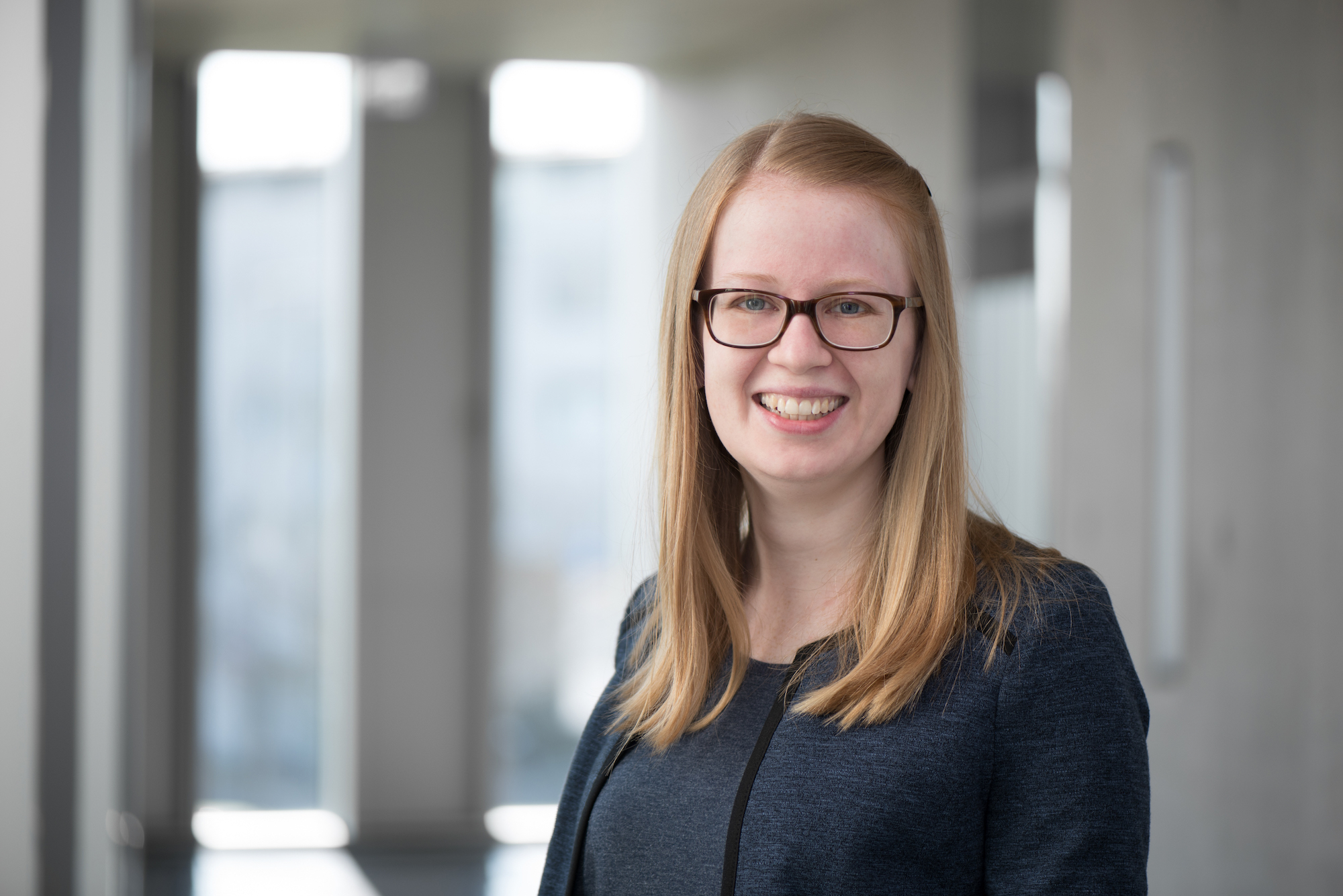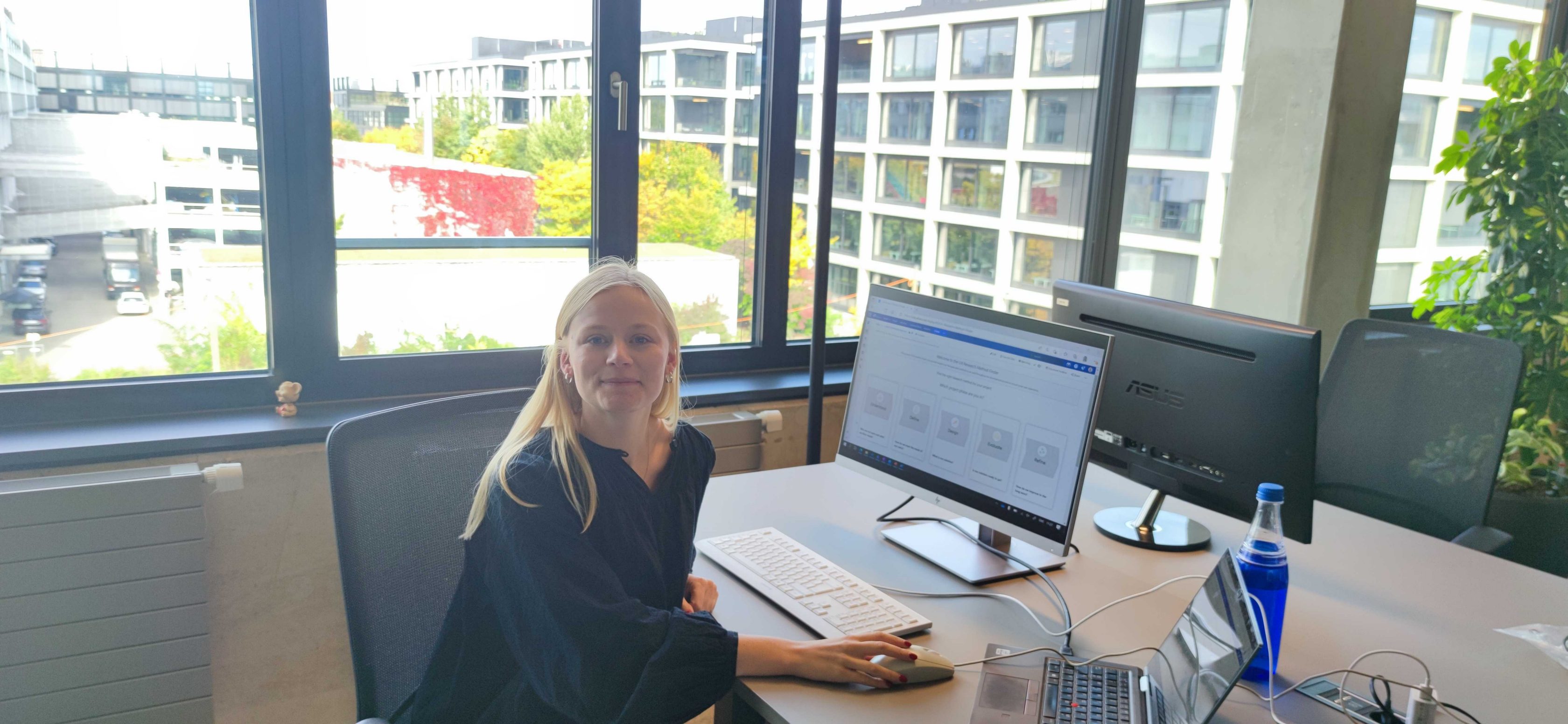Do you remember the article about the UX research (UXR) method finder we published a few weeks ago? Do you also wonder what happens after finding a method in the method finder that you think would be great for your project or team? Well, you are not alone. We are excited to show you what happens after and what our UX researcher thinks about the approach. In case you have not read the first article on method finder yet, you can read it
here.
After browsing the goals and objectives of the UX Research methods in the UXR Method Finder, and potentially finding a method that you find fitting, we happily connect with you and your team. Together we get to an understanding of the wanted outcome and how we can make it happen. From that point on, our Global UX research colleagues play the main role -
Kristin Haasler is one of them! Kristin joined the Sales Digital Workstation ART in June 2021. Today she will share, not only insights about her daily work, but also her thoughts on the UXR Method Finder.
As a Global UX Researcher in the Sales Digital Workstation ART, my task is to conduct global UX research for all product teams within the ART. No week looks the same and depends very much on the current research projects and the phase we are in. But depending on the phase my daily activities range from getting to know and diving into new products, new concepts, new ideas, to setting up global study plans, discussion guides, templates, analyzing and documenting the results as well as presenting them to the teams and relevant stakeholders. – so as you see, it varies a lot. Together with researchers across Allianz, I am additionally part of the UX Research & Testing Community of Practice to improve UX Research and its processes in general. The exchange with other Global UX Researchers helps a lot to recognize overlaps, discuss the best approach for the teams, and make Allianz more user-centered in general.
The different product teams we support in SDW are the ones I am working closely with. This includes Product Owners, Business owners, Business Analysts and UX/UI Designers. They all play an important role during research, and therefore in my daily work. They provide a holistic view of the product and future plans and goals. They communicate their research need and their hypothesis, for me to choose the right method and prepare research questions and material. If a prototype or screen is to be part of the research, we need a close alignment with UX/UI designers – to make sure the prototype and research guide complement each other perfectly. For overarching planning purposes and to secure having a good overview about the whole ART there are also regular exchanges with CX and UX Lead.
Here is a boring answer – but all parts of UX research are fun!
Starting with the planning is like puzzling out the perfect way to find out as much as possible. Here all stakeholders play an important role - together we shape the research. Conducting the research then brings the topic to life – not only in Germany but in all the countries that are involved in the research. We finally find the answers to the questions and hypotheses we have shaped. All time spent on planning now pays off. After conducting research comes analysis. The analyzing phase is the key to bringing all the findings from the different countries together and creating an overall picture. Finally, one of the most important steps - sharing the findings with all the relevant stakeholders. Only research results that are discussed and worked on will make a change!
I like that it brings more transparency to our work and the needed resources for the different methods. The best would be if new product development teams get inspired by the UXR method finder and reach out to a UX researcher so that we can then - together with the team - find out which method is the best to on the one hand answer the teams' questions and on the other hand make their product more user-centered. So the method finder can be a good starting point for teams that did not conduct research before, by providing the first point of contact.
I like that project teams can discover different methods and experience that UX research is highly valuable at every stage of their product development. So, it raises awareness about the value UX research can bring to a team in different phases. Although we will customize every research method to the specific context and needs of a team, a standard set of methods still supports in making research feel more concrete. Globally it could also help us “speak the same language” UX research-wise and secure a high quality.
Thank you very much Kristin for sharing a bit of your story, and your daily work and thoughts about the method finder with us. It´s great to have you on the team, together driving user-centricity forward.

